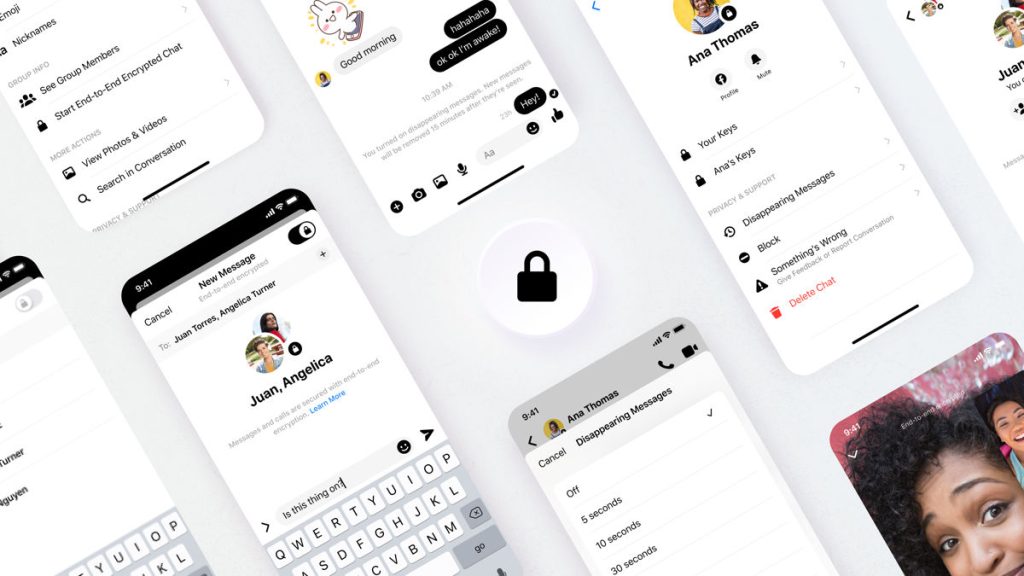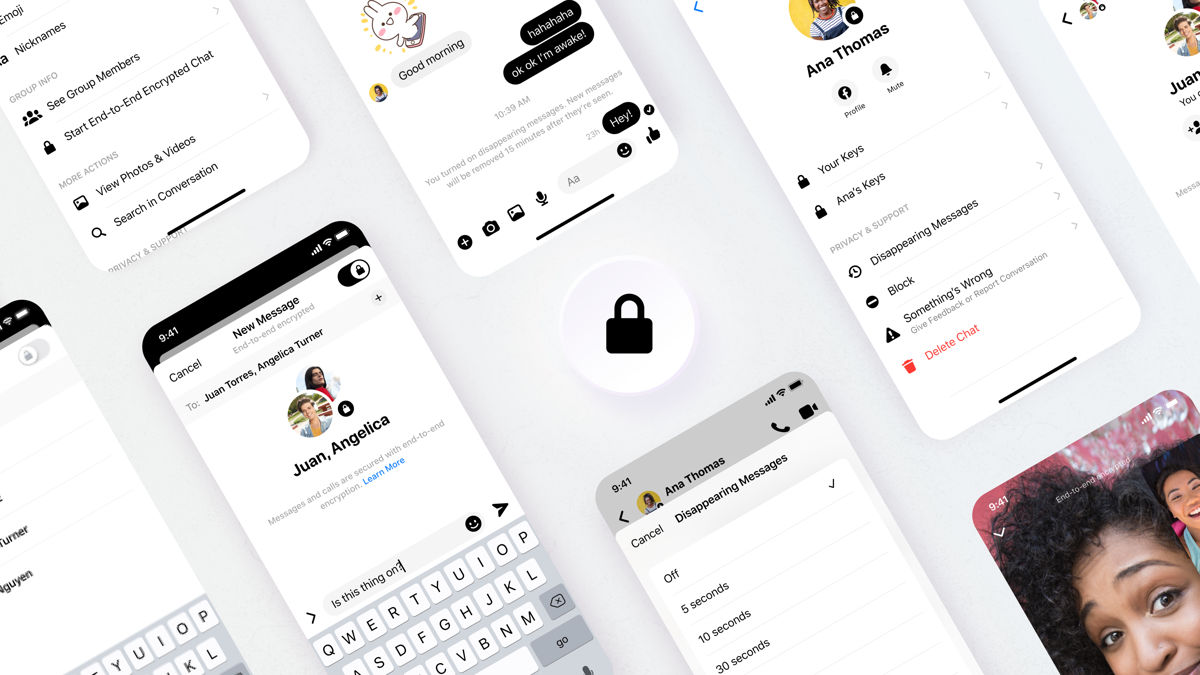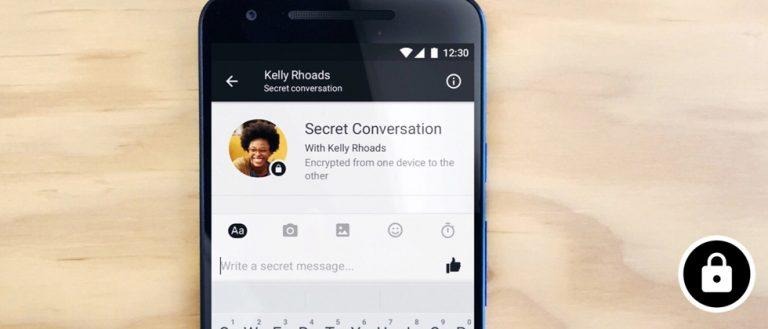Facebook Enables Messenger End-to-End Encryption by Default

Facebook Enables Messenger End-to-End Encryption by Default: What it Means and Why it Matters

In a major move for privacy, Facebook has finally enabled end-to-end encryption (E2EE) by default for personal messages and calls on Messenger. This means that for most of your one-on-one conversations, the content will be scrambled and unreadable to anyone except you and the recipient, even Facebook itself.

Here’s what this change means:

- Increased privacy: Your messages and calls are more secure from unauthorized access, including by hackers, governments, or even Facebook.
- Greater control over your data: You decide who sees your conversations, not Facebook. This can be particularly important for sensitive topics.
- Transparency and trust: This move demonstrates a commitment to user privacy and building trust with its users.
Previously, E2EE was an opt-in feature on Messenger. Users had to manually turn it on for each conversation. This made it less accessible and likely underutilized by many. Now, it’s the default setting, ensuring broader protection for more users.
However, there are some caveats:
- Group chats and calls are not yet encrypted by default. You still need to manually enable E2EE for these conversations.
- Metadata, such as sender/receiver information and timestamps, is still visible to Facebook. This could potentially be used for profiling and targeted advertising.
- Backups are not encrypted by default. This means you need to choose an encrypted backup option to ensure your messages are protected even if you lose your device.
Overall, enabling E2EE by default on Messenger is a positive step for privacy. It empowers users to control their data and have more secure conversations. While some limitations remain, this move marks a significant shift towards greater privacy protections on the platform.
Here are some additional points you might want to consider:
- The impact of E2EE on law enforcement and criminal investigations.
- The potential for misuse of E2EE by bad actors.
- The role of other messaging platforms in adopting E2EE.
I hope this explanation helps! Feel free to ask if you have any further questions.
It’s happened. Details here, and tech details here (for messages in transit) and here (for messages in storage)
Rollout to everyone will take months, but it’s a good day for both privacy and security.
Slashdot thread.




